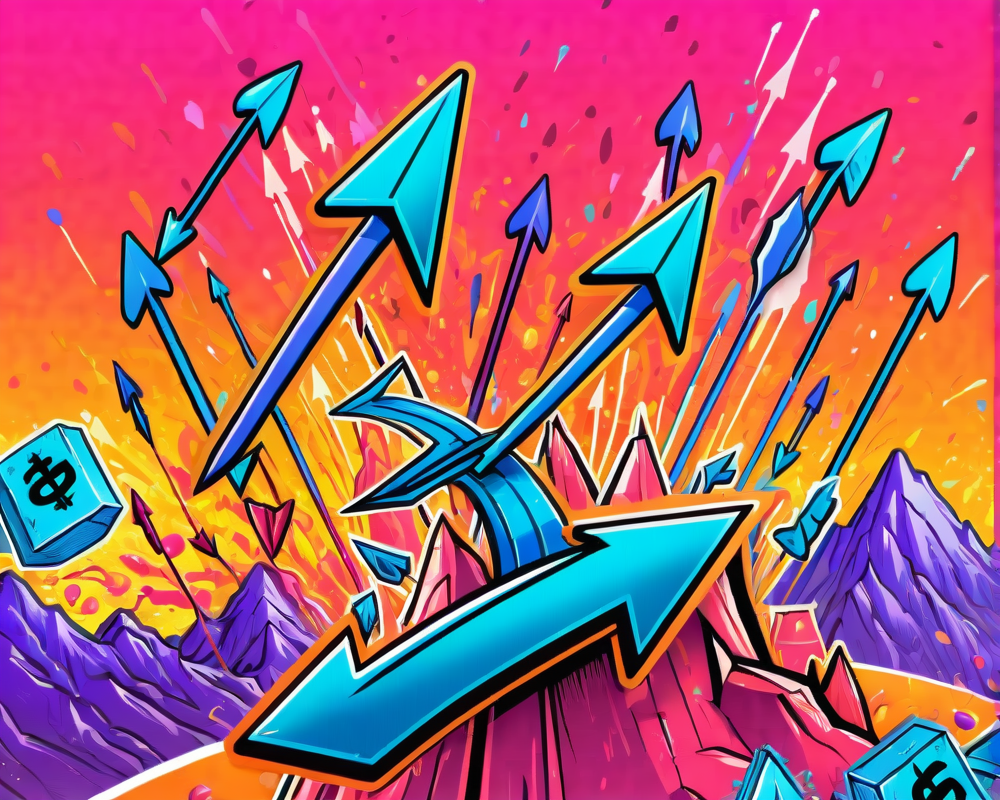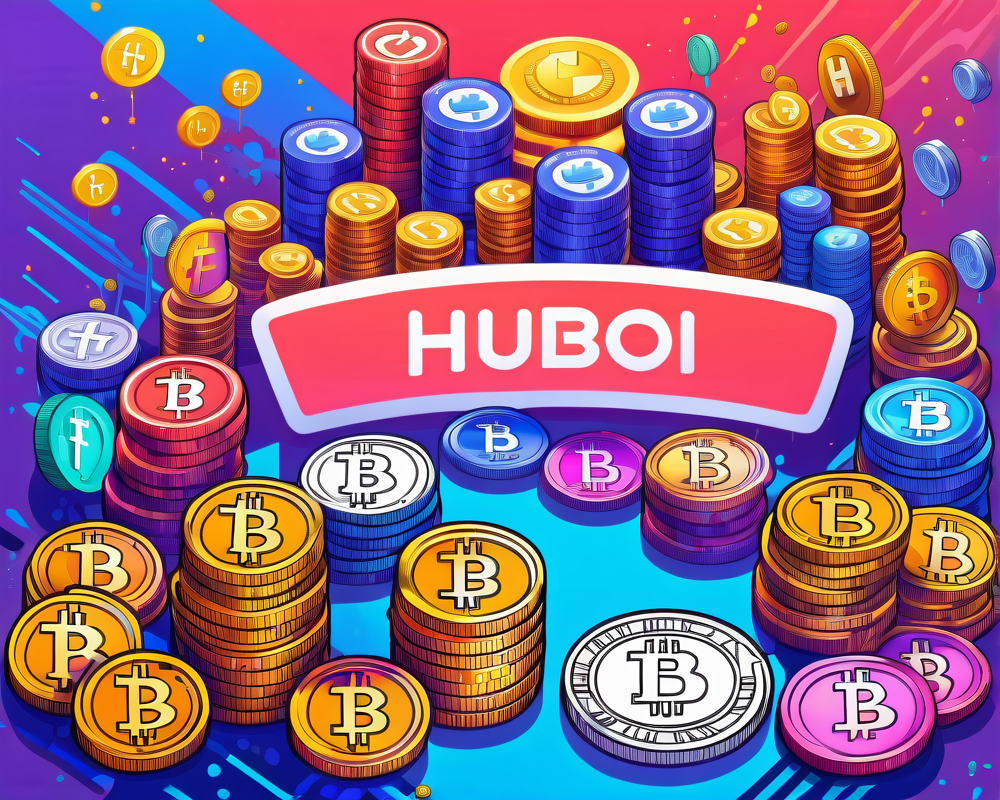An Ambitious Standardization Effort
The Korean Financial Supervisory Service (FSS) is rolling up its sleeves and diving into the complex world of virtual assets. The FSS aims to create a standardized risk assessment framework for virtual asset exchanges. Why? Because right now, safeguarding investors feels like trying to catch a greased pig at a county fair. With every exchange measuring risk differently, it’s high time for a uniform approach that makes sense and really protects the little guy.
The LUNA and UST Debacle
In the midst of this financial shake-up, the recent failure of Terra’s LUNA and UST has left many scratching their heads. Doo Wan Nam, the COO of Stablenode, tweeted about a meeting held at the Korean National Assembly. In attendance were representatives from various Korean exchanges and officials discussing the LUNA catastrophe. Spoiler alert: they weren’t sharing celebratory cake.
According to the exchanges, the situation is “unfortunate” (which is a joyful understatement at best). They assured traders that they would do everything possible to protect their investments. If only platitudes could patch up lost billions!
LUNA 2.0: The Resurrection Plan
In a plot twist worthy of a full-blown soap opera, Do Kwon, the co-founder of Terraform Labs, has approached five South Korean exchanges to relist LUNA when its resurrection plan, dubbed LUNA 2.0, goes live. Following a catastrophic drop, how does one bounce back? Well, Kwon proposes a new blockchain and a successful vote—it’s a bit like hitting the reset button on your game console when you lose your progress.
New Coins for Old Woes
Kwon has laid out his “Terra Ecosystem Restoration Plan,” which involves distributing new coins to those who lost money in the collapse. The old blockchain will now be termed “Terra Classic,” and a shiny new blockchain will take the stage. In true reality show fashion, the community has shown overwhelming support, with 65.5% of voters backing Kwon’s plan. Talk about a comeback!
The Curious Case of Token Distribution
So, what will the token distribution look like? Spoiler alert—it gets a bit complex! According to the governance proposal:
- Community pool: 30%
- Pre-attack $LUNA holders: 35%
- Pre-attack aUST holders: 10%
- Post-attack $LUNA holders: 10%
- Post-attack $UST holders: 15%
This means that those affected will receive a portion of new tokens, though they may have to wait through a vesting period—a bit like waiting for dough to rise!
Exchange Reactions and Future Implications
In response to the rising chaos, major players like Binance have rallied behind the recovery plan. They aim to provide affected users with the best possible experience throughout the tumultuous turnaround. The question on everyone’s lips: will this bold move for recovery actually pay off, or is it a fancy way of throwing a life preserver to a sinking ship?
The recent actions of the Korean exchanges and the tough conversations at the National Assembly hint at a turning tide in cryptocurrency regulations. While the road ahead may be bumpy, at least there’s a promise of uniformity and better investor protection in the future.




